-
 केक और कुकीज पर इन 5 तरीकों से करें आइसिंग फिर देखें आप को बनाने में भी मजा आएगा और खाने वाले को भी । साथ में कुछ टिप्स ।(2020)
केक और कुकीज पर इन 5 तरीकों से करें आइसिंग फिर देखें आप को बनाने में भी मजा आएगा और खाने वाले को भी । साथ में कुछ टिप्स ।(2020)
-
 Learn How to Make Cake for Christmas: 4 Recipes for Christmas Cakes and 5 Decor Ideas That Will Warm Everyone's Heart (2020)
Learn How to Make Cake for Christmas: 4 Recipes for Christmas Cakes and 5 Decor Ideas That Will Warm Everyone's Heart (2020)
-
 Learn How to Make Cake Fondant at Home and Give your Cakes a Professional Look: 6 Fondant Recipes, Tips and More (2019)
Learn How to Make Cake Fondant at Home and Give your Cakes a Professional Look: 6 Fondant Recipes, Tips and More (2019)
Making a Cake in the Microwave Oven? All You Need to Know!
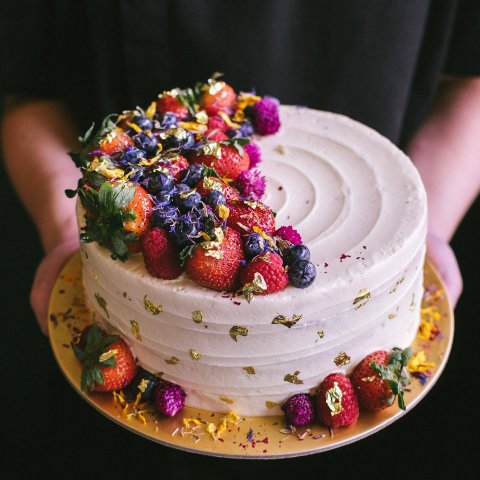
Who doesn’t love cakes? Be it a birthday, Christmas, the new year or wedding, there is a cake for every occasion. It is a wonderful snack even for tea time and if made at home cakes can even be nutritious instead of packing in empty calories. However, making the perfect cake at home is not that easy. It requires the right mix of ingredients, the batter set to the perfect consistency and the proper temperature settings of the oven to ensure the right textures and taste that make cakes delicious and melt in the mouth.
Cakes are usually baked in OTG at high temperatures. With microwave ovens coming in and bringing alternative cooking options people are turning microwaves for faster results. But how good are microwaves for baking? Do you get the same texture and taste as in a traditional oven? Read on to know everything about baking cakes in a microwave.
Only Microwave Convection Ovens Can Bake

When you consider a microwave there are three types - the basic microwave, convection microwave, and microwave with grill. The basic microwave is used for cooking, re-heating, and defrosting, while the one with grill function is useful for grilling meats and vegetables. However, if you want to bake anything in the microwave, you should have the microwave with a convection function. Microwaves with convection mode works just the same as an OTG and give you perfectly baked delicious cakes.
A convection microwave gives certain advantages over OTG. In this mode, the food is heated by convection and hence cooked fast. There is also an even air circulation inside to heat the food uniformly. Digital settings make the cooking time far more accurate. You can even cook small batches perfectly in the convection microwave, such as near instant mug cakes!
A Few Useful Tips to Keep in Mind Before You Bake
Baking in a microwave involves a totally different style of cooking when compared to the traditional methods. Here are a few tips to help you get used to microwave cooking and bake that perfect cake.

- Defrosting the ingredients
Certain ingredients will require defrosting before you start cooking. It is recommended to follow the manufacturer’s instructions for defrosting regarding the settings because each unit will be different. - Softening the butter
Baking cakes always require butter. At times, you might want to use soft butter that is pliable but not melted. To soften the butter keep it on high power for 10 seconds. You can repeat this step if required. - Melting butter and chocolate
Butter and chocolate can either be melted separately or together. To melt butter separately, keep it uncovered in a microwave-safe bowl and run the microwave at 100 per cent power for 30 to 45 seconds. Before you melt the chocolate, chop it into fine pieces. Microwave the dark chocolates at 50 per cent power for 10 seconds and white chocolate at 30 per cent power for 10 seconds. To melt the butter and chocolate together, chop both into small pieces and microwave at 50 per cent power for 10 seconds. - Softening citrus
When you soften the lemon it becomes easy to extract the juice and you will also get more quantity of juice. For softening lemon in the microwave, heat it at high power for 10 to 15 seconds. Take the lemon outside and allow to sit for 30 seconds before you squeeze. - Warming milk
If you need to warm milk and bring it to room temperature, you can microwave it at 50 per cent power for 10 seconds.
Do's and Dont's of Microwave Baking
Microwave ovens heat the food in a different way from traditional cooking techniques that have a heat source applied directly to the utensil. The food is not heated directly like in an oven. The microwaves excite the food molecules and make the food generate heat. The process being different, cooking in microwave comes with several do’s and dont’s that you should be aware of.
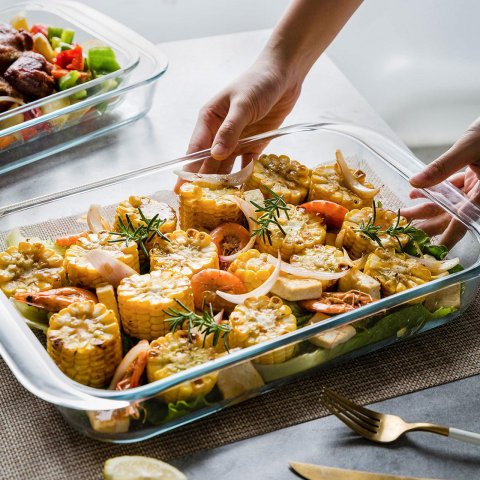
- No metal bowls or utensils
A mistake that most of us make, especially while reheating the food in aluminum foil. Metals do not absorb the microwaves and reflect it instead. This can cause the food to be cooked for lesser consistency and also lead to electric sparks. Obviously, the reflected microwaves will either damage the bowl or the insides of your microwave. So you run the risk of damaging the unit by using metals. The best containers to use for cooking in microwave are glass or ceramic containers or plastic containers that are microwave safe. - Don't keep the food uncovered
When you microwave the food uncovered, the food might explode and make the insides messy. If the food has fat or liquid there are more chances of it exploding. Anyways, it is not absolutely essential that you cover the food, but again the food retains heat better if it is covered.
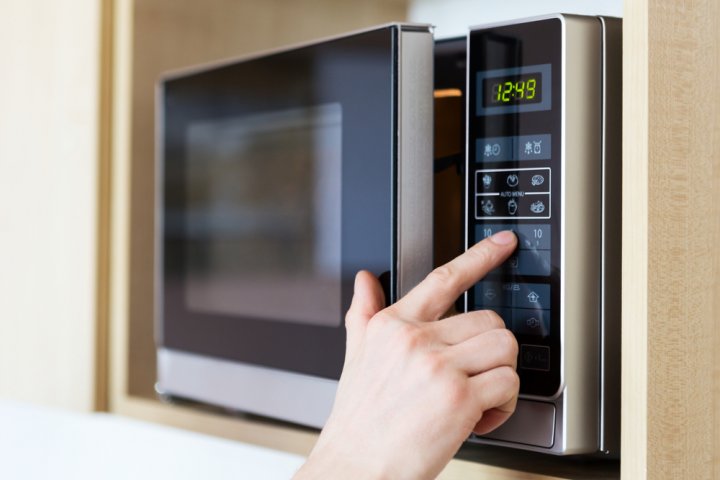
- Don't cook everything for the same duration
Time required for different foods will vary. Some might be less dense or some might have more liquid. The cooking duration will depend on this consistency. Cook each item for the time that is suitable for its consistency. - Stir the food occasionally
By doing this you can ensure that the microwaves reach all portions of the food evenly and the food gets cooked uniformly throughout. This can also ensure that the food is safe of harmful microorganisms. - Heat until the food steams or bubbles
Always heat the food to 75 degree celsius. This happens when the food bubbles or steams. Check in between for bubbling to ensure that the required temperature is reached.
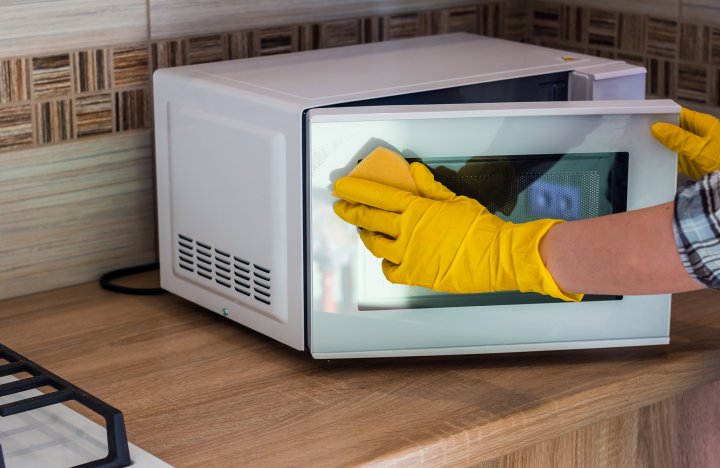
- Clean your microwave often
Check the inside of your microwave thoroughly and clean it along the bottom, sides and also the top. If food remains stuck on top of the microwave it might drop back into the next batch you cook. Use a clean cloth, a good detergent, and hot water for cleaning. You can also use tea towels or recyclable paper towels.
Getting Started and an Easy Chocolate Cake Recipe for the Microwave
There, hopefully most of your doubts on microwave baking have been answered. Let’s now move on to the action part and bake a yummy chocolate cake for the evening. Gather all the ingredients, get your microwave convection ready, and get set go for the thirty minutes chocolate cake.
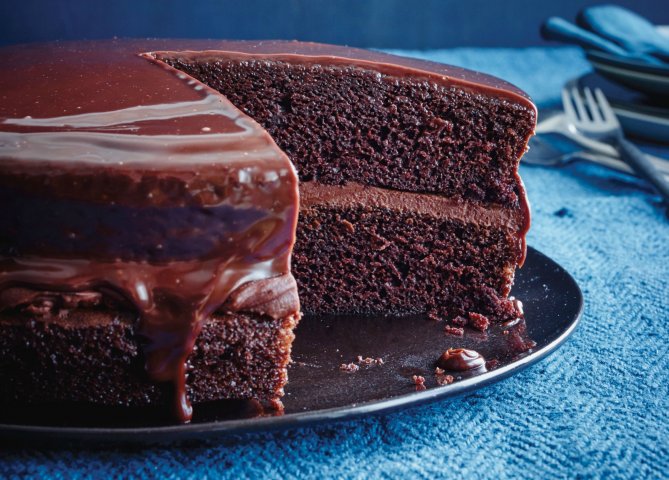
Microwave Chocolate Cake
Ingredients- 2 Cups maida
- 1 3/4 cup castor sugar or powdered sugar
- 2/3 cup flavourless oil like canola, margarine or butter
- 2/3 cup cocoa powder
- 1 cup water
- 1 tsp vanilla essence
- 1.5 tsp baking soda
- 1/2 tsp baking powder
- 1 tsp salt
- 3 eggs
Cooking instructions:
This cake takes a preparation time of 10 minutes and a cooking time of 30 minutes and comes for 4 servings.- Start by getting the tins ready. Line the bottom of the tins with butter paper or apply grease on the bottom. Now dust it with maida or sugar and ensure it is coated nicely.
- Sift the cocoa powder, baking soda, and baking powder. Transfer this into a clean mixing bowl.
- To this mixture, combine the sugar, salt, fat, vanilla, and water. Beat it nicely with a wooden spoon or using a beater to blend well.
- Crack in the eggs one by one and mix nicely in the cake batter. Beat till the mixture becomes smooth. Once it is done the batter will seem almost glossy.
- Now divide this batter into the dishes kept ready.
- Bake the cake in the microwave by setting in combi 3 for 2 minutes. You should bake the cakes one by one and check in between. When it is halfway thorough rotate the container and continue baking for another 2 minutes.
- Check once again, rotate the container and bake for an extra 1 minute. Allow the cake to stand for 5 minutes and remove the cake from the tin.
- Let your kids bite into this irresistible microwave chocolate cake. It is healthy, loaded with nutrition and delicious to eat.
Quick and Simple Eggless Sponge Cake Recipe for Microwave
If you are not in a mood to cook and are looking for a fast recipe for the dessert, you can try this delectable eggless sponge cake. There is no preheating required and the baking time is also short. Just put all the ingredients together and push it in the microwave, your vanilla sponge cake will be ready within minutes. Cut the recipe down to make a single serve in a cup or divide the batter into cupcakes!
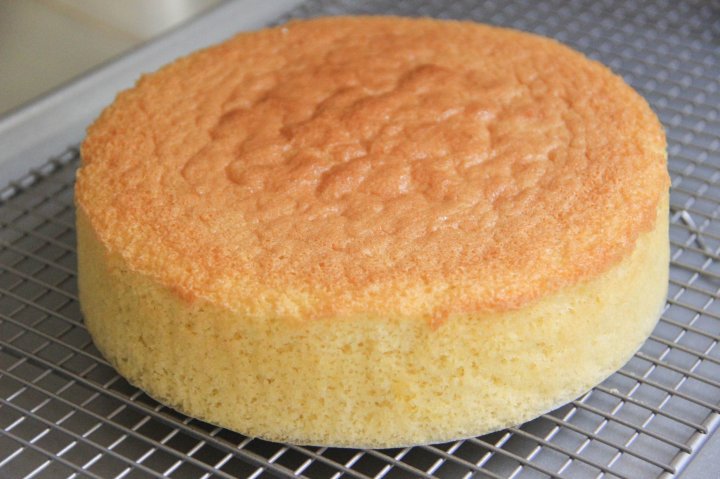
Microwave Eggless Sponge Cake
Ingredients:- 1 cup maida (plainflour)
- 1 tsp baking powder
- Soft butter to grease the pan
- 4 tbsp sour curds
- ½ tsp baking soda
- ½ cup melted butter
- ¾ cup fine powdered sugar
- 1 tsp vanilla essence
Cooking instructions:
Keep aside 10 minutes of preparation time and 4 minutes of baking time for this simple sponge cake. It makes one cake with 6 wedges.- Grease a microwave-safe dish that is 6 inch in diameter (150 mm) and shallow using a bit of soft butter.
- Now sieve the baking powder and plain flour and keep this mixture aside.
- Take a clean bowl and combine the baking soda and curds in it. Mix it well with the help of a whisk.
- Next, take another bowl and combine the sugar, and butter along with ¼ cup hot water. Mix it well with the help of a whisk.
- Now combine the two mixtures you have prepared - the mixture of plain-flour and baking powder and the mixture of curds and baking soda. Mix both the mixtures well to get a smooth batter.
- Take the grease glass dish and pour the batter into it.Set the microwave to high and bake for 4 minutes.
- Remove the cake from the microwave. Keep it aside and let it cool for 5 minutes.
- Now loosen the edges carefully. Use a butter knife for this and unmould it. You can now remove and discard the butter paper.
- Store the cake safely and use as required.
- This vanilla-flavored sponge cake tastes great as it is or you can try it with chocolate sauce, an ice-cream or any frostings of your choice.
Pros and Cons of Microwave Baking
You might have a number of doubts about the safety of microwave cooking. This is quite understandable, especially due to the various news that does rounds on the health hazards of microwave cooking. Read on to understand what this cooking process involves, the advantages, the disadvantages, and how it might affect your health.
Pros of Baking in a Microwave Oven
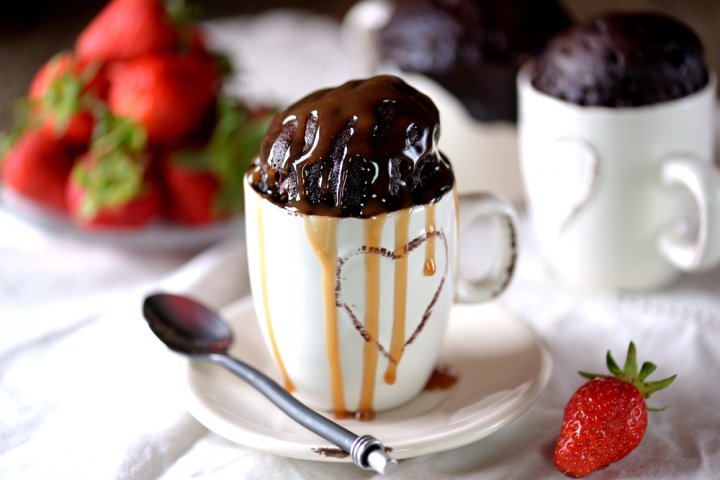
- Rapid cooking: One of the best advantages of microwaves is rapid heating. Food gets cooked fast without burning, especially items like butter, fats, margarine or chocolate. Blanching vegetables using microwave is also safer than the usual method of immersing them in boiling water.
- Minimum nutrition loss: Cooking in high heat or deep frying in oil are all famous for the nutrient loss it can cause. Microwave cooking is fast. When food gets cooked in a shorter time span, it does not lose many nutrients and this is a great benefit that microwaves offer.
- Versatile recipes: There is a whole lot of food that you can cook using your microwave. Be it blanching the vegetables, or making potato chips, brownies, pasta, or cakes, everything can be made fast with microwaves. Isn’t the idea of a single unit performing multiple cooking functions wonderful?
Cons of Microwave Oven Baking
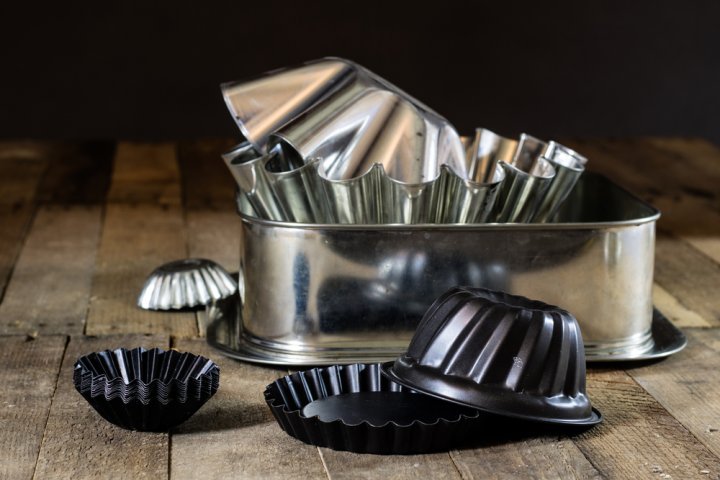
- Heat is distributed unevenly: Uneven heating is a notable disadvantage of the microwave. The consistency of the food, its size and shape can cause uneven absorption of microwave energy. This will lead to food being heated unevenly and also cause microorganism growth.
- Health hazards: Microwave cooking has a few health hazards associated with it. It heats the food unevenly, promote the growth of microorganisms, and also cause thermal injuries. If the microwave is damaged the magnetron will release harmful chemicals that can contaminate the food. If you are using low-grade plastic containers or non-microwave vessels you again run the risk of exposing the food to chemicals.
- Only microwave safe vessels can be used: This is another drawback of microwave cooking. Not all the vessels in your kitchen can be used with a microwave. You have to invest in microwave-safe vessels to ensure food safety and avoid the food getting exposed to chemicals.
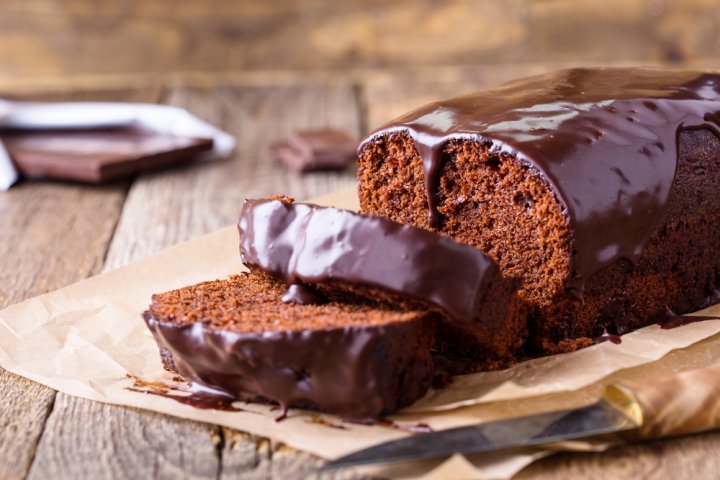
BONUS TIP: Make a Little Extra, it Will Vanish in a Jiffy!
Both the sponge cake and chocolate cake are simply superb and your guests are going to devour on it. The chocolate cake is an absolute hit with the kids and just melts in the mouth. Why not make a little extra? It’s sure to vanish fast.
-
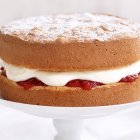 9 सरल और स्वादिष्ट स्पंज केक बनाने की विधि जिन्हे आप घर पर ही बना सकते हैं। साथ में नौसिखिया लोगों के लिए महत्वपूर्ण युक्तियाँ (2020)
9 सरल और स्वादिष्ट स्पंज केक बनाने की विधि जिन्हे आप घर पर ही बना सकते हैं। साथ में नौसिखिया लोगों के लिए महत्वपूर्ण युक्तियाँ (2020)
-
 Learn How to Make Cake Easily from Scratch! 6 Recipes for Simple Cakes with Step By Step Directions and Baking Tips (2020)
Learn How to Make Cake Easily from Scratch! 6 Recipes for Simple Cakes with Step By Step Directions and Baking Tips (2020)
-
 Stop Hunting for the Perfect Recipe and Worrying if Your Cake Will Rise, These Easy Bake Premixes Can Make Yummy Deserts and Snacks in Minutes!
Stop Hunting for the Perfect Recipe and Worrying if Your Cake Will Rise, These Easy Bake Premixes Can Make Yummy Deserts and Snacks in Minutes!
-
 Learn How to Make a Mug Cake with Our 6 Delicious Recipes (2019): Because There’s Nothing Quite Like a Cup of Decadence That's Ready in Minutes!
Learn How to Make a Mug Cake with Our 6 Delicious Recipes (2019): Because There’s Nothing Quite Like a Cup of Decadence That's Ready in Minutes!
-
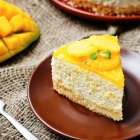 If You are in Need of a Decadent, Melt in the Mouth Treat, Try This Easy Eggless, No-Bake Mango Cheesecake Recipe Today! (2021)
If You are in Need of a Decadent, Melt in the Mouth Treat, Try This Easy Eggless, No-Bake Mango Cheesecake Recipe Today! (2021)
Batter will have a different texture
If you have done any amount of cooking or even reheating in a microwave oven, you will realise that slightly moist things do better than dry food - think rotis that turn to an unsavoury, chewy mess if popped in without taking extra measures to keep them soft. Likewise, a microwave cake batter will be slightly more moist than a batter you'd make when baking in a conventional oven and it will take some trial and errors to judge the difference. Start small with half or a fraction of the recipe before you plan a bigger cake, specially if it's for a special occasion.

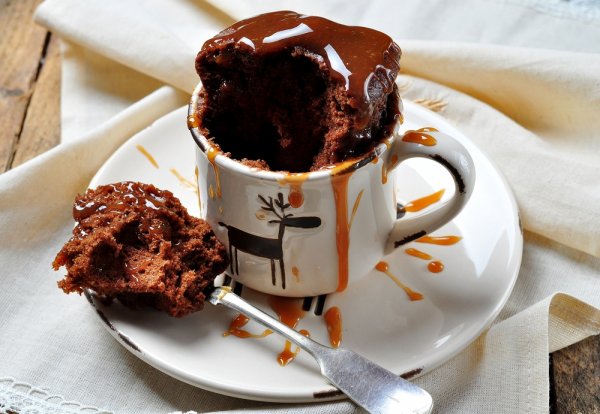
 Highlight the Best Facets of Your Incomparable Beauty: Discover the Best Face Highlighter Currently Available in India and Everything You Need to Know About Using Face Highlighters for Maximum Effect (2023)
Highlight the Best Facets of Your Incomparable Beauty: Discover the Best Face Highlighter Currently Available in India and Everything You Need to Know About Using Face Highlighters for Maximum Effect (2023)
 Forget the Blemishes and Get that Picture Perfect Flawless Radiance on Your Face: Check out the Best Foundations for Oily Skin Currently Available in India and Everything You Need to Know About Makeup Foundations (2023)
Forget the Blemishes and Get that Picture Perfect Flawless Radiance on Your Face: Check out the Best Foundations for Oily Skin Currently Available in India and Everything You Need to Know About Makeup Foundations (2023)
 Make Your Presence Felt Wherever You Go: Discover the Best Perfumes Under 2000 for Both Men and Women to Announce Your Arrival and Make Any Occasion Memorable (2023)
Make Your Presence Felt Wherever You Go: Discover the Best Perfumes Under 2000 for Both Men and Women to Announce Your Arrival and Make Any Occasion Memorable (2023)
 Protect Your Oily Skin from the Harmful Rays of the Sun: Discover the Best Gel Based Sunscreens for Oily Skin and Everything You Need to Know Before Buying One (2023)
Protect Your Oily Skin from the Harmful Rays of the Sun: Discover the Best Gel Based Sunscreens for Oily Skin and Everything You Need to Know Before Buying One (2023)
 Minor Blemishes and Wrinkles Affecting Your Confidence? Check out the Best BB Creams to Conceal Your Worries and Nourish Your Skin to Restore the Healthy, Radiant and Glowing Complexion Back Again (2023)
Minor Blemishes and Wrinkles Affecting Your Confidence? Check out the Best BB Creams to Conceal Your Worries and Nourish Your Skin to Restore the Healthy, Radiant and Glowing Complexion Back Again (2023)
